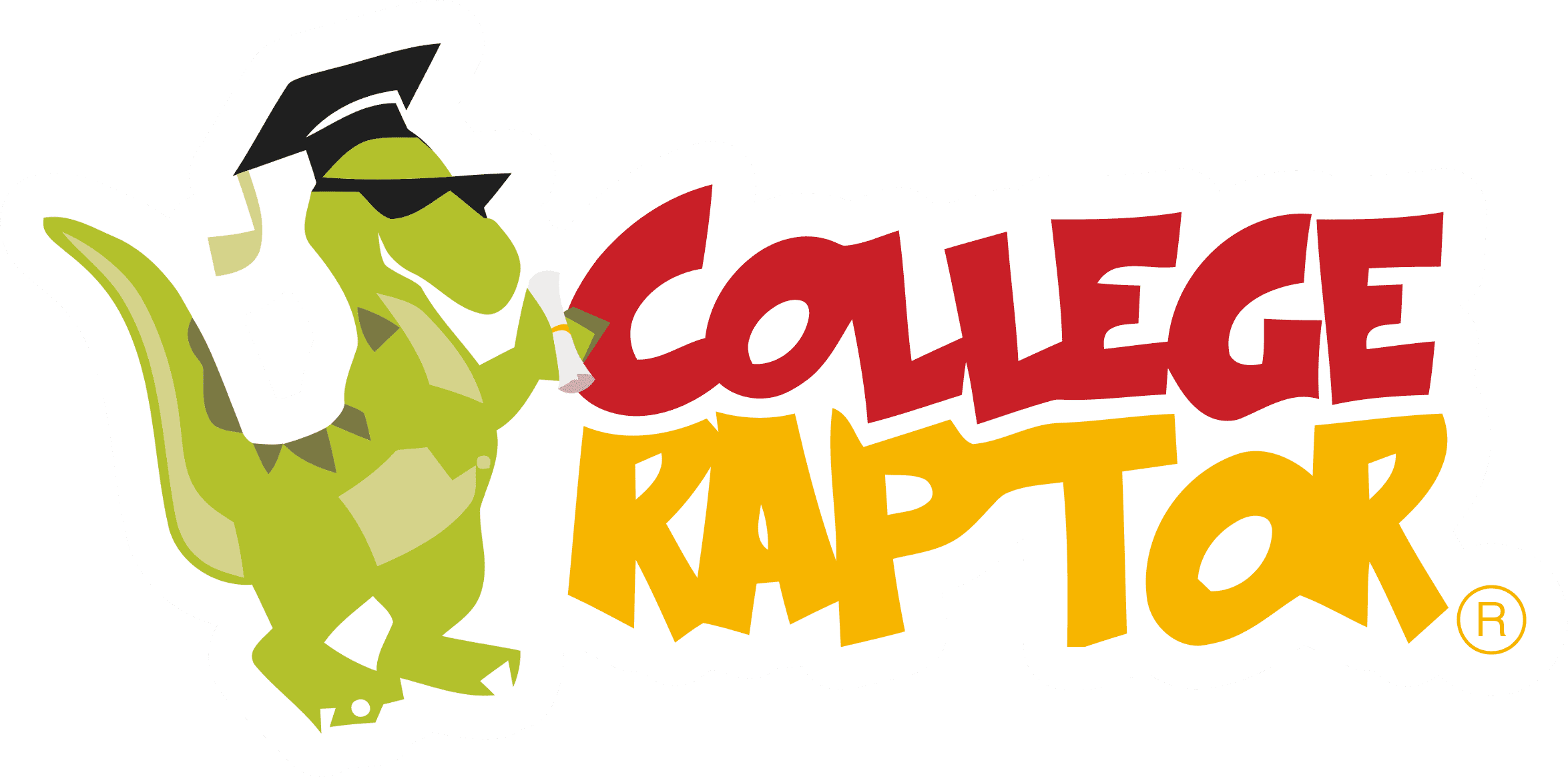
- Find Your College
- Scholarships
- Pay for College
-
Articles
- COLLEGES
- Most Recent
- Affordability & Cost
- College Search
- Comparisons
- College Majors & Minors
- Myths
- News & Trends
- Tips, Tools & Advice
- Admissions
- Most Recent
- ACT & SAT
- College Admissions
- College Applications
- Myths
- Online Colleges
- Questions & Answers
- About
- Home
- >
- Browse All Majors
- >
- Legal Professions And Studies
- >
- Legal Research and Advanced Professional Studies
- >
- Intellectual Property Law
Intellectual Property Law
Select Type of Degree:
Select State:
|
#1

University of Utah
|
|||||||||||
|
#2

University of Pittsburgh-Pittsburgh Campus
|
|||||||||||
|
*The estimated net prices above are College Raptor’s estimate. Please contact the college financial aid office for actual net cost figures.
|
|||||||||||
| Institution | Scaled Score | Acceptance Rate | Annual Degrees Awarded | SAT Score | Est. Net Price * | Median Starting Salary | Save | |
|---|---|---|---|---|---|---|---|---|
 University of Utah Salt Lake City, UT At the University of Utah, the most popular majors students study are...view more | 100 | 87% | 6 | 1,130 – 1,360 | $13,341 | $49,760 | ||
 University of Pittsburgh-Pittsburgh Campus Pittsburgh, PA Annually, the University of Pittsburgh-Pittsburgh Campus grants around 407...view more | 87 | 50% | 1 | 1,290 – 1,460 | $24,338 | $54,871 |
*The estimated net prices above are College Raptor’s estimate. Please contact the college financial aid office for actual net cost figures.
About Intellectual Property Law
An advanced, professional study of the law, policies, and regulations related to copyrights, patents, trademarks, trade secrets, and related issues. Includes instruction in patent law, copyright law, trademark law, intellectual property licensing and litigation, and applications such as art and entertainment law, communications law, information technology law, sports law, and chemical and biotech patent law.
Students studying Intellectual Property Law can advance up to a Masters degree. On average, 57% percent of men and 43% percent of women make up the degrees awarded across all college campuses. Intellectual Property Law is has the largest number of granted degrees in Utah. The Median Starting Salary for an undergraduate degree in Intellectual Property Law is $40,200.
Careers
Majoring in Intellectual Property Law, your experience can be applied to different careers. Intellectual Property Law majors go on to pursue jobs including Lawyers and Law Teachers, Postsecondary which are in high demand. Some of the jobs with the highest salary for Intellectual Property Law majors include Lawyers, Law Teachers, Postsecondary .
Top Paying Careers
These are the highest paying careers for Intellectual Property Law majors.
| Career | Median Salary | Average Annual Job Openings | Employment 2022 | Employment 2032 | % Change | |
|---|---|---|---|---|---|---|
| Lawyers | $145,760 | 34,329 | 725,491 | 780,278 | 8% | |
| Law Teachers, Postsecondary | $127,360 | 755 | 9,345 | 9,628 | 3% |
Most In-Demand Careers
These are the careers in highest demand for Intellectual Property Law majors.
-
#1 Lawyers
Student Demographics




Subscribe to Our Newsletter
Join thousands of students and parents learning about finding the right college, admissions secrets, scholarships, financial aid, and more.

College Raptor, Raptor, InsightFA, FinanceFirst, and “The Right College. The Best Price.” are registered trademarks of College Raptor, Inc.


